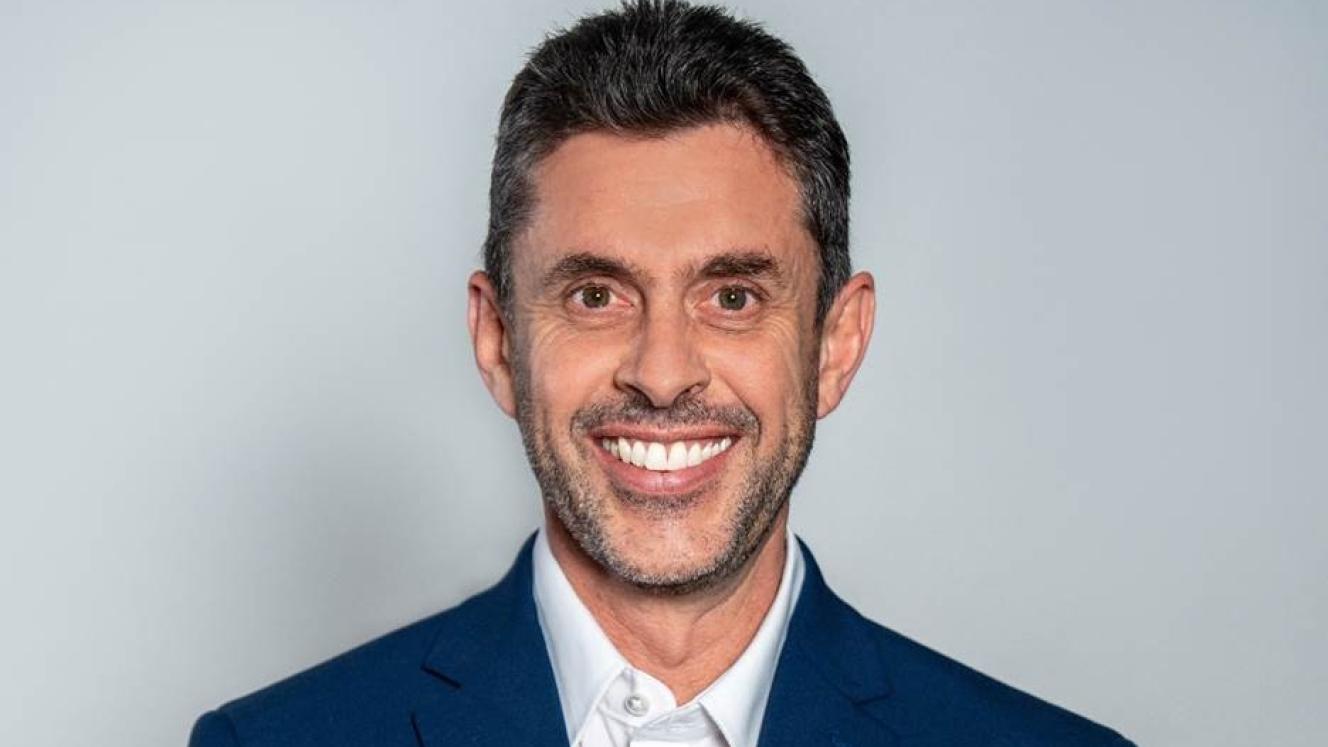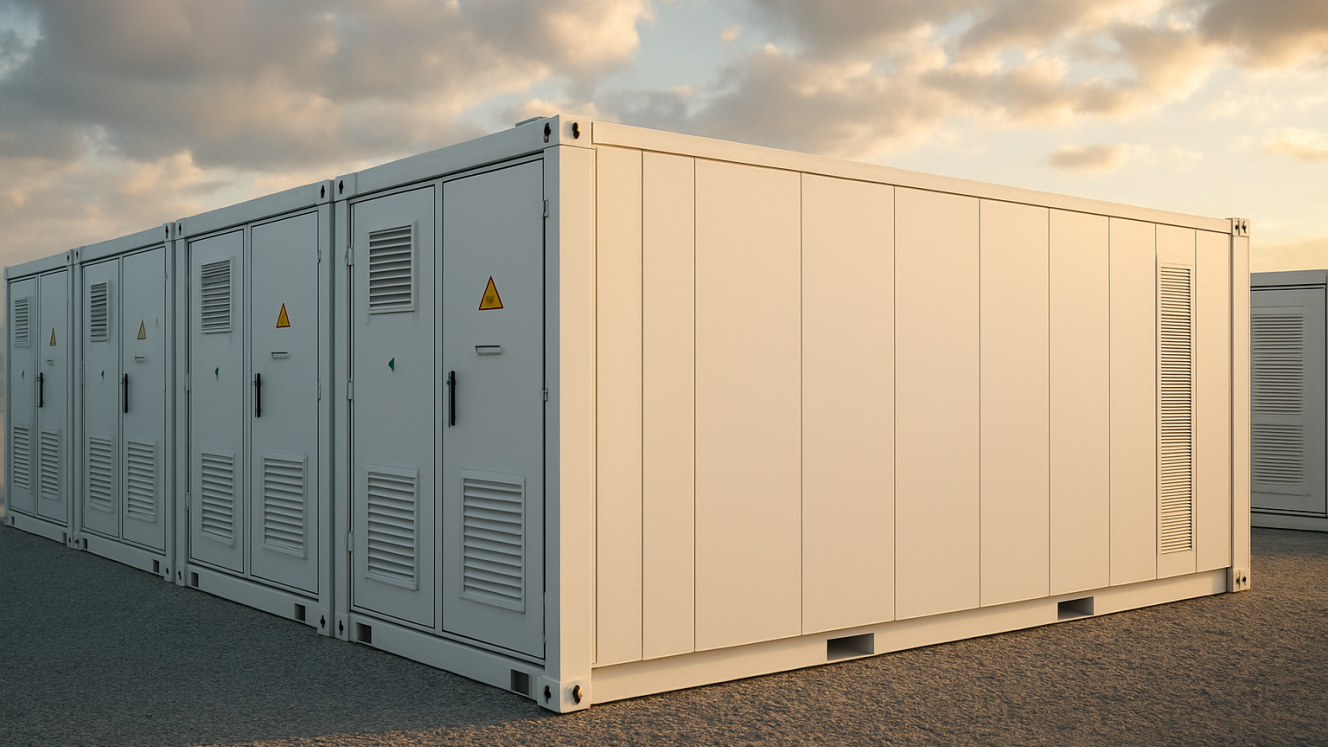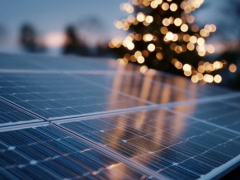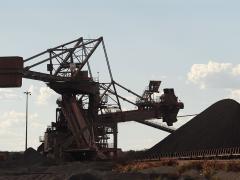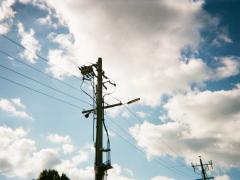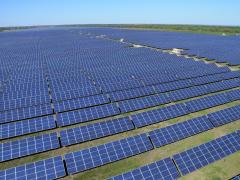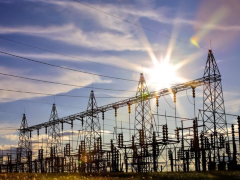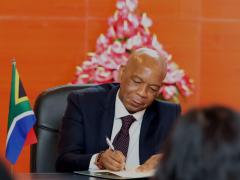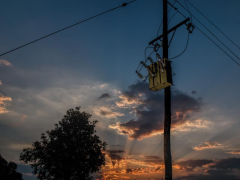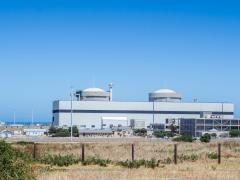Everyone talks about climate goals but few talk about the grid. In South Africa, the reality is that we cannot reach decarbonisation targets if we don’t first fix the backbone that carries our electricity. Progress isn’t blocked by ambition or technology alone – it’s the grid that’s holding us back, says Danie Möller, Chief EPC Officer of Mulilo.
Dozens of fully permitted renewable projects in the Northern Cape (some of the best solar and wind resources in the world) are sitting idle because there is no grid capacity. The problem now stretches far beyond the Cape with projects across several provinces stuck in limbo. We can’t solve this with patchwork upgrades. It requires national-scale planning and investment in transmission – the kind of foresight that puts grid reform at the heart of energy reform.
Technology alone won’t save us either. Renewable energy is essential but it is variable by nature. Storage is becoming indispensable with batteries now starting to provide reserve capacity and voltage stability. The real breakthrough is grid-forming capability, batteries acting like rotating machines, providing inertia and even restarting a collapsed system. Natural gas, although not the end goal, has a role in replacing expensive diesel in peaking plants until hydrogen matures. Nuclear and hydropower remain anchors and system redundancy is non-negotiable: when one fails, another must take over.
Policy is shifting in the right direction. The Climate Change Act and stricter 2031-2035 nationally determined contribution targets mean business as usual is no longer an option. Government has established the National Transmission Company South Africa and progressed initiatives including the South African Renewable Energy Masterplan, transmission planning programmes, World Bank funding efforts and National Treasury’s guarantee scheme. At the same time, the private sector is doing the heavy lifting, independent power producers building substations, mining houses driving renewable rollouts and households shaving gigawatts off daytime demand although this momentum has slowed as load shedding pressures ease. With the right feed-in framework, residential generation could become a true balancing tool.
But the Just Energy Transition cannot be measured only in megawatts. In coal towns, people are watching their livelihoods vanish. Without retraining, inclusive procurement and genuine community investment, no amount of clean energy will make this transition a success. This is a human shift as much as it is an engineering one.
The climate debate is often framed as a choice between clean energy and grid stability. It isn’t. We can and must do both. South Africa has the talent, the resources and the drive to build an energy system that is clean, reliable and fair. The question is whether we have the will to fix the grid first.
